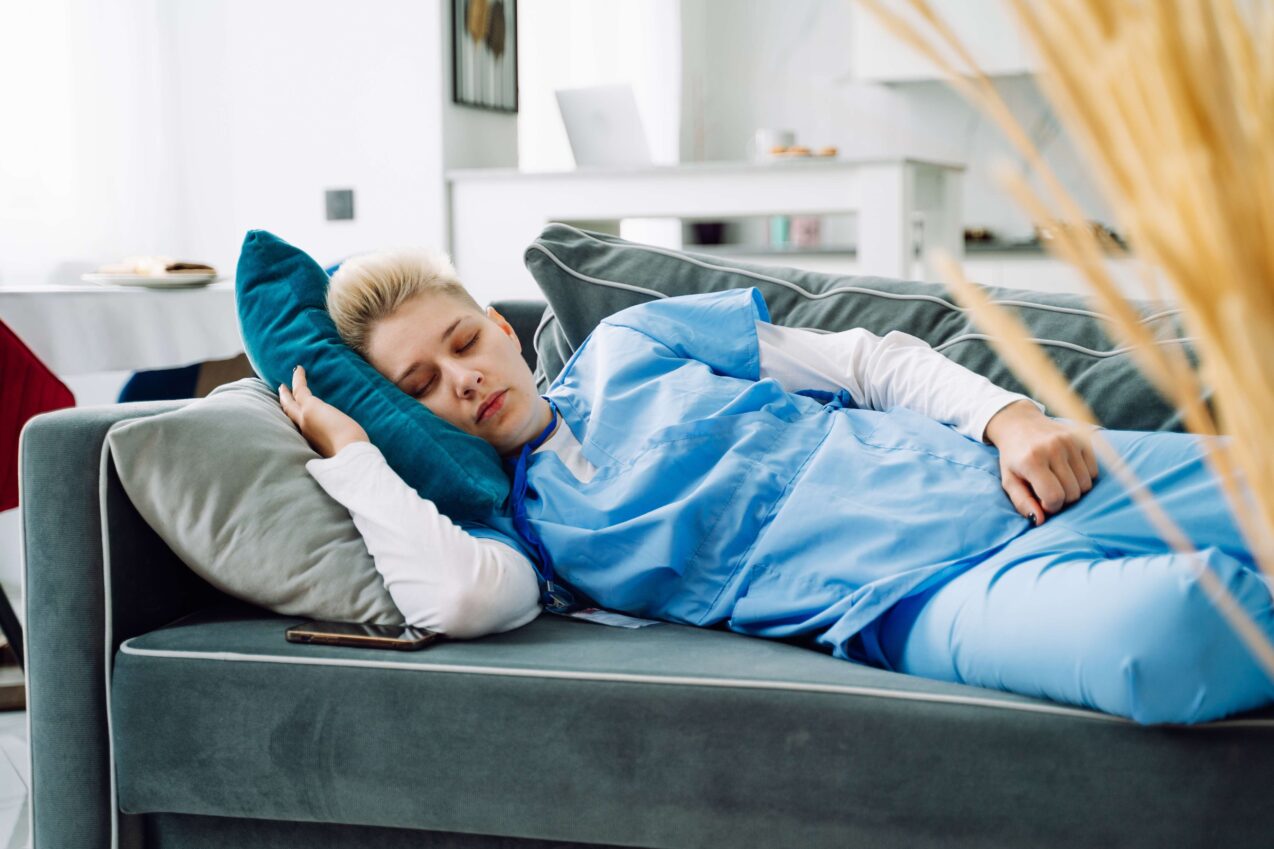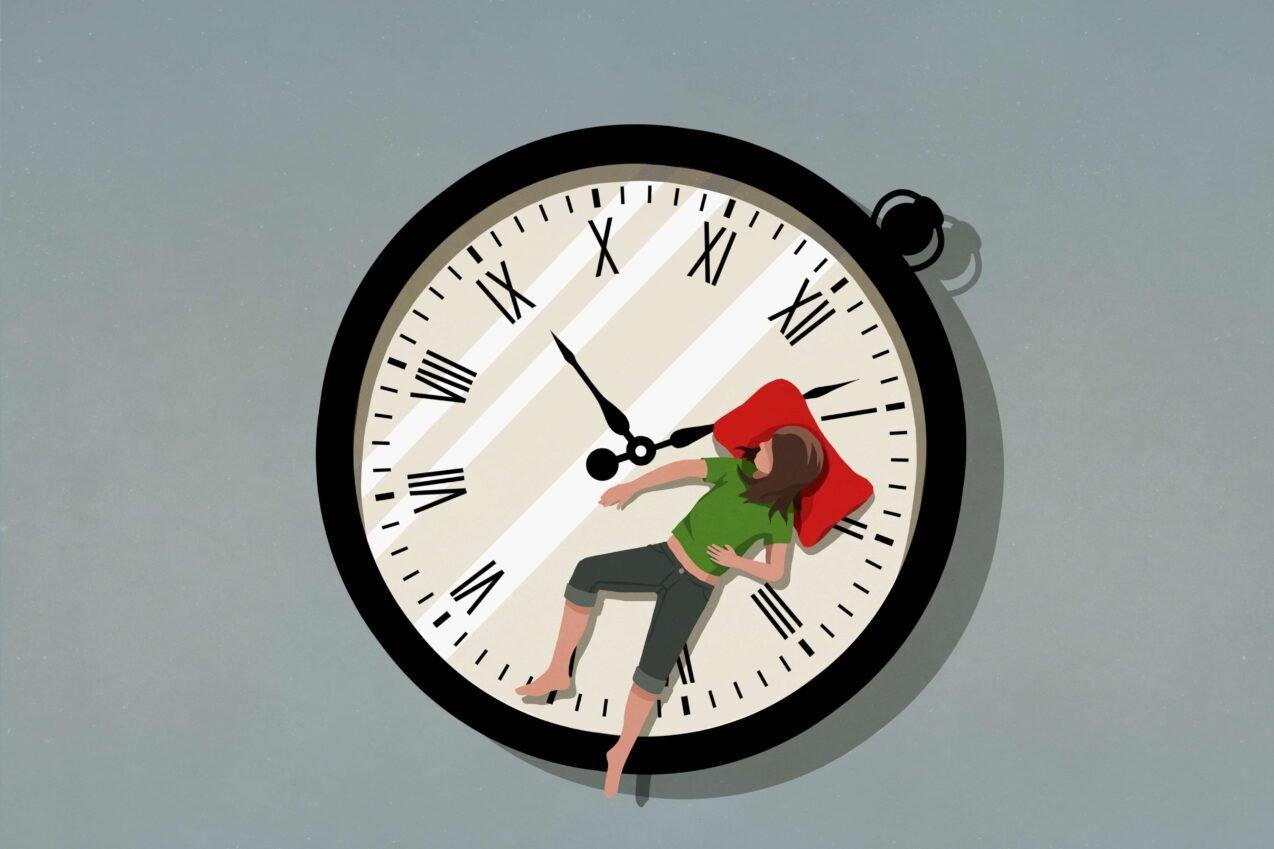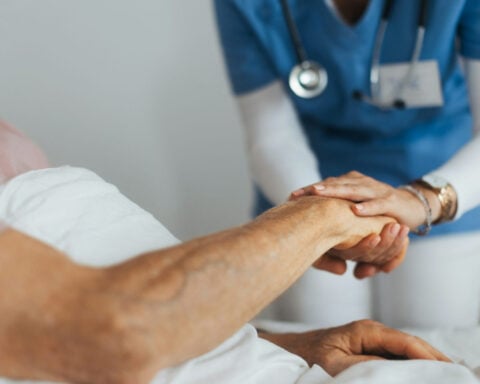A California emergency room physician has brought renewed attention to a Navy SEAL power-napping technique that promises to refresh tired individuals in just 10 minutes.
Dr. Joe Whittington, known to his 2.1 million TikTok followers as Dr. Joe MD, recently shared the method first popularized by retired Navy SEAL Jocko Willink. The technique involves a specific body positioning that practitioners say maximizes the benefits of brief rest periods.
"Okay, so you're dead a– tired, but you only have 10 minutes. I'm going to show you the Navy SEAL-inspired power napping technique that many of our elite forces swear by," he said.
The method requires individuals to lie at the edge of a bed or couch with their legs elevated at a 90-degree angle and their calves resting on the surface. According to Whittington's viral TikTok post, this position promotes blood flow to the body's core while reducing leg swelling, both of which he says trigger relaxation.
"Laying in this position for 10 minutes is going to accomplish two things," Whittington explained in his social media post. "First, it's going to reduce swelling in your legs as well as return blood flow to your core. Both of these are going to trigger relaxation. Second, by limiting the time to 10 minutes, you will wake up during the light phase of sleep and therefore wake up feeling refreshed."
Willink, who adheres to the philosophy "Discipline Equals Freedom," told Business Insider he limits his own naps to eight minutes when using this technique.

The approach aligns with sleep research, suggesting that brief daytime rest periods can provide notable health benefits. A study published in the journal Sleep Health last year indicated that regular napping might be associated with increased brain volume, potentially offsetting up to six and a half years of age-related brain shrinkage.
The American Sleep Association recommends power naps lasting between 15 and 30 minutes to boost energy during the day. However, the organization emphasizes that these short rest periods should not replace nighttime sleep. For optimal results, the ASA advises adults to nap around the same time each day and never exceed 30 minutes of rest.
Sleep experts recommend the window between 1 p.m. and 3 p.m. as ideal for short-term rest, citing the body's natural afternoon energy decline. However, they warn that napping beyond this window can compromise the ability to get quality rest at night.
Some experts suggest consuming coffee before the rest period for those seeking to enhance their napping experience. This strategy takes advantage of caffeine's approximately 30-minute metabolism time, allowing individuals to benefit from both the refreshing effects of sleep and the stimulant's energy boost upon waking.
The military-inspired napping technique has gained traction as research continues to demonstrate the various benefits of short rest periods. Studies have linked napping to enhanced creativity, improved parenting capabilities, and increased feelings of well-being. The positive effects have led researchers to coin the term "nappiness" to describe the pleasant state experienced after a brief sleep session.
As workplace wellness becomes increasingly important, such efficient rest techniques may offer valuable tools for maintaining daily alertness and productivity. However, sleep experts consistently emphasize that while power naps can provide temporary energy boosts, they should complement rather than replace regular nighttime sleep patterns.

 Trump has begun another trade war. Here's a timeline of how we got here
Trump has begun another trade war. Here's a timeline of how we got here
 Canada's leader laments lost friendship with US in town that sheltered stranded Americans after 9/11
Canada's leader laments lost friendship with US in town that sheltered stranded Americans after 9/11
 Chinese EV giant BYD's fourth-quarter profit leaps 73%
Chinese EV giant BYD's fourth-quarter profit leaps 73%
 You're an American in another land? Prepare to talk about the why and how of Trump 2.0
You're an American in another land? Prepare to talk about the why and how of Trump 2.0
 Chalk talk: Star power, top teams and No. 5 seeds headline the women's March Madness Sweet 16
Chalk talk: Star power, top teams and No. 5 seeds headline the women's March Madness Sweet 16
 Purdue returns to Sweet 16 with 76-62 win over McNeese in March Madness
Purdue returns to Sweet 16 with 76-62 win over McNeese in March Madness








